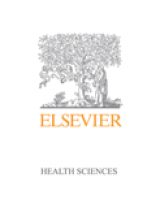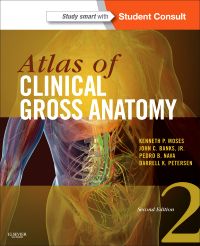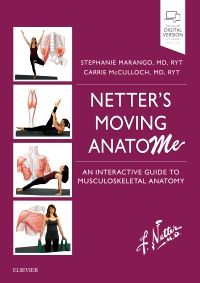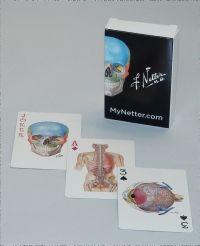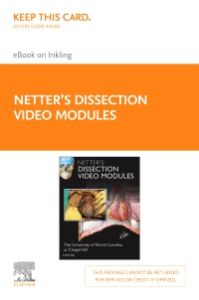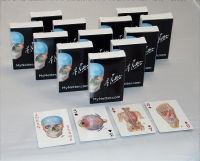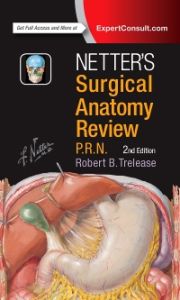Develop a working knowledge of radiologic science as it applies to producing diagnostic-quality images — and prepare for the Veterinary Technology National Exam (VTNE) — with Lavin’s Radiography for Veterinary Technicians, 8th Edition! Written in a way that is easy to follow and understand, all aspects of imaging, including production, positioning, and evaluation of radiographs, are covered in this comprehensive text. All chapters have been thoroughly reviewed, revised, and updated with vivid color equipment photos, positioning drawings, and detailed anatomy drawings. New to this edition is an expanded focus on digital imaging, new content on robotics and specialized imaging, and new artwork. From foundational concepts to the latest in diagnostic imaging, this text is a valuable resource for students, technicians, and veterinarians alike!
New to this edition
- EXPANDED Digital Imaging content throughout to keep pace with industry and prepare students for modern practice
- NEW Content on Robotics, which is an emerging area within equine imaging
- NEW Content on specialized imaging, including MRTI, CT, and PET scans
- NEW Images throughout highlight digital and specialized imaging modalities
Key Features
• Comprehensive content explores the physics of radiography, the equipment, the origin of film artifacts, and positioning and restraint of small, large, avian, and exotic animals. • Nearly 1,100 full-color photos and updated radiographic images visually demonstrate the relationship between anatomy and positioning. • UNIQUE! Coverage of non-manual restraint techniques, including sandbags, tape, rope, sponges, sedation, and combinations, improve safety and radiation protection. • Emphasis on digital radiography, including quality factors and post-processing, keeps you up to date on the most recent developments in digital technology. • UNIQUE! Dental radiography chapter covers equipment types (film, digital, and computed radiography), safety, positioning, and reading the radiograph for the dog and cat to address the needs of both general and specialty veterinary technicians. • Broad coverage of radiologic science, physics, imaging, and protection provides you with the foundation needed to develop good imaging technique.
Author Information
By Lois Brown, RTR, (Cdn/USA), ACR, MSc, Member Canadian Association of Physicists, President, Xray Imaging Consultants Ltd., Tottenham, Ontario, Canada
Section 1: The Technical Side of Imaging
1. The Basics of Atoms and Electricity
2. Diagnostic Xray Production
3. Radiation Safety and Protection
Section 2: Optimizing Digital Imaging
4. Imaging on Film with a Nod to Digital Imaging
5. Computed Radiography/Digital Imaging
6. Optimizing the Digital Image
7. Quality Control, Testing and Artifacts Section
Section 3: Specialized Imaging
8. Fluoroscopy
9. Ultrasound
10. Computerized Tomography
11, Magnetic Resonance Imaging
12. Nuclear Medicine and Intro to Positron Emission Tomography – Part Two
13. Overview of Positioning
14. Small Animal Abdomen
15. Small Animal Thorax
16. Small Animal Forelimb
17. Small Animal Pelvis and Pelvic Limb
18. Small Animal Vertebral Column
19. Small Animal Skull
20. Dental Imaging and Radiography
21. Small Animal Special Procedures
22. Equine and Large Animal Radiography
23. Avian and Exotic Radiography




